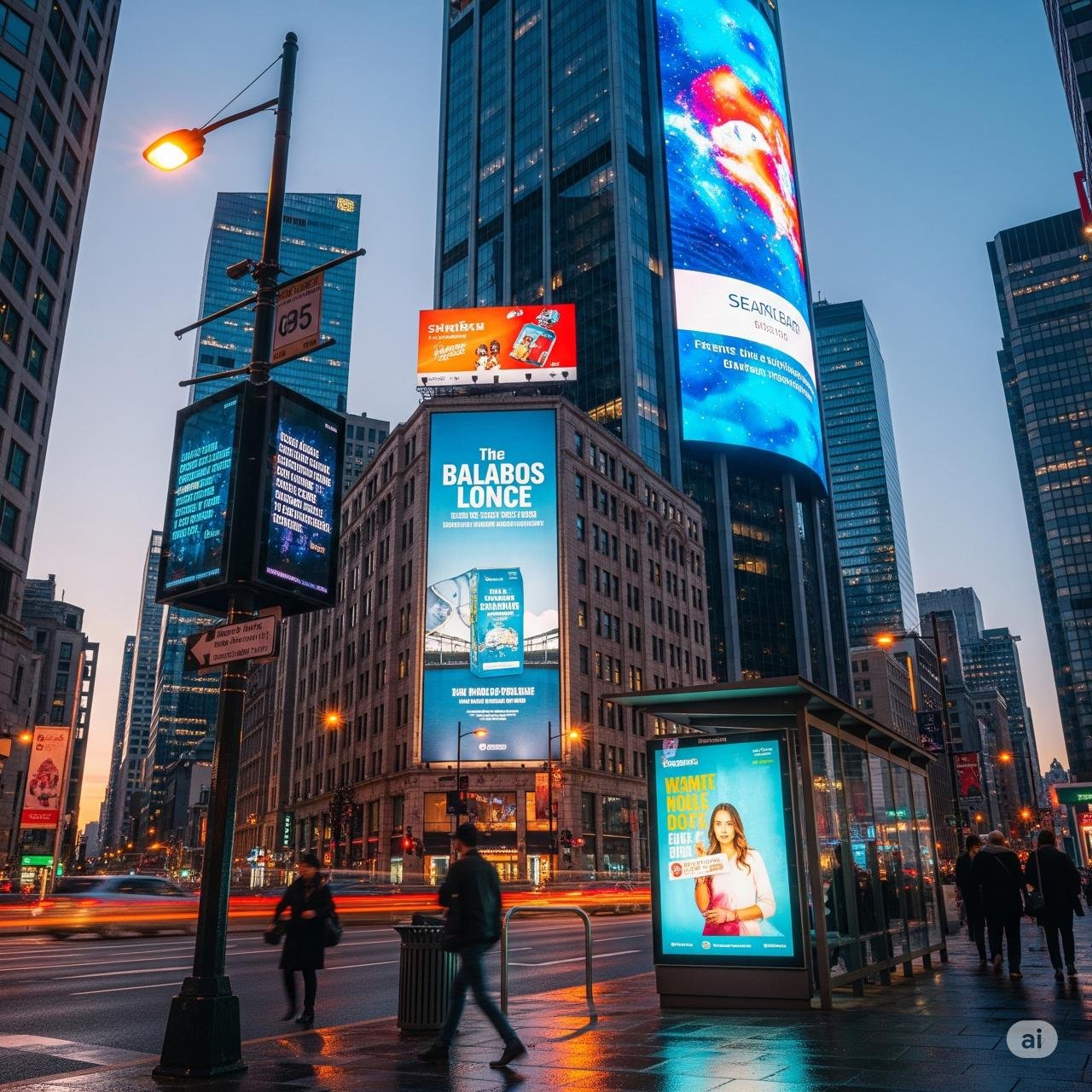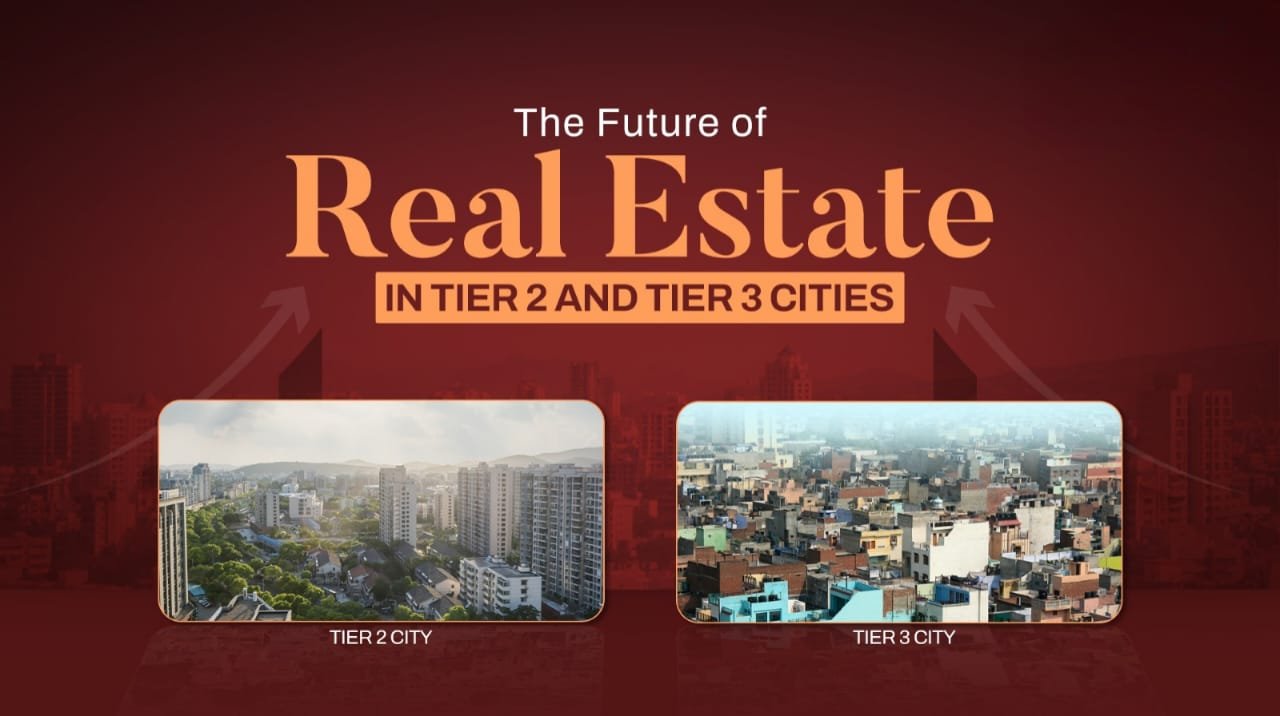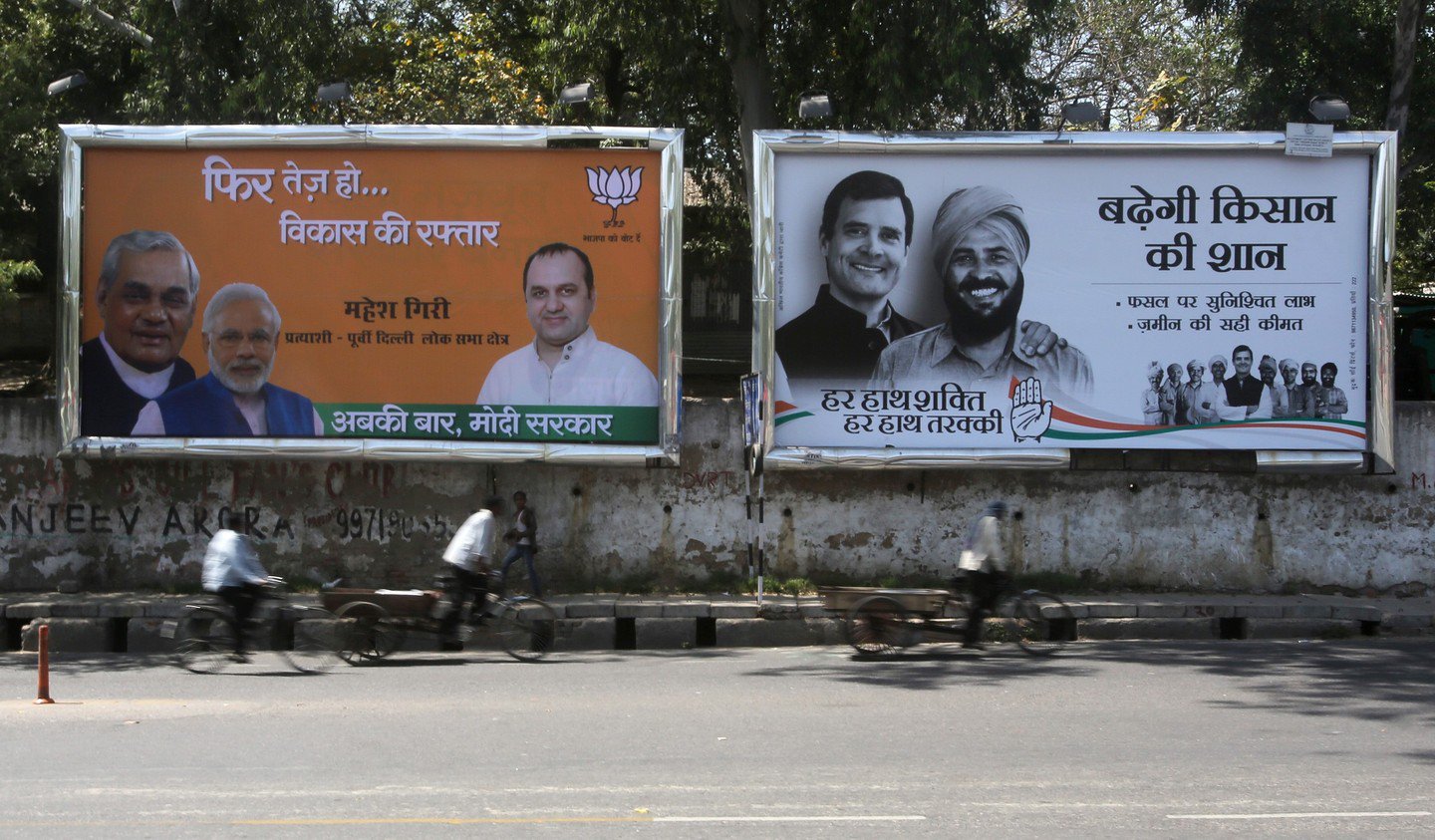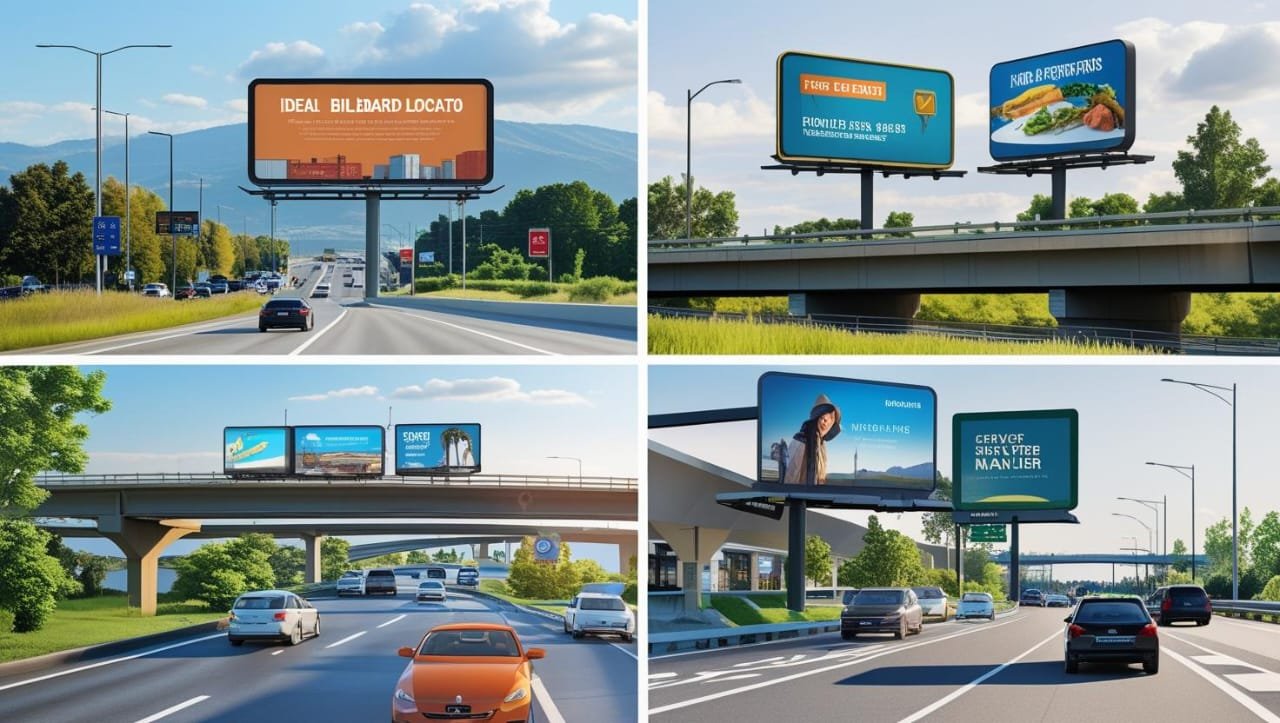Walk through any busy road in Delhi, Mumbai, or Bengaluru, and you’ll notice one thing right away: no two hoardings are the same. Some are massive prints that don’t change for months, some are LED boards that keep flashing new ads every few seconds, and then there are those quirky, oversized ones that seem to spill out of their frames. Outdoor advertising isn’t a “one-size-fits-all” deal—each format has its own personality, and brands use them differently to make sure people remember them.
But here’s the real question: do these different types of hoardings actually make a difference in how people see brands? The answer is yes. And the type of hoarding you choose often decides whether your ad gets a quick glance or a long-lasting recall. Let’s break them down, not like a textbook, but the way an advertiser or even a daily commuter would actually talk about them.
1. Traditional Print Hoardings
These are the old faithfuls. Huge vinyl banners plastered across highways, outside metro stations, and in busy markets. You’ve seen them all your life.
Impact:
- Repetition works like magic. If you travel the same route every day, you’ll keep seeing the same print ad. And whether you want to or not, the brand’s name sticks in your head. That’s why so many tuition classes, real estate agents, and local gyms use them.
- They’re cost-friendly. Compared to LEDs, they don’t burn a hole in the pocket. A coaching center in Lajpat Nagar or a salon in Gurugram can easily put up a big banner and reach thousands every day.
Example: Amul is the best case study. Just a witty line, a cartoon, and timely context. No lights, no motion — yet people across India wait to see their next hoarding. That’s staying power.
2. LED and Digital Hoardings
These are the flashy newcomers. Bright screens that rotate ads every few seconds. In Delhi, you’ll find them near Connaught Place, airports, or those crowded traffic junctions where you just can’t escape them.
Impact:
- Instant eye-grabbers. Our brains are wired to notice movement, and that’s exactly what LEDs exploit. A short video of a shiny new car will grab more attention than a static picture.
- Flexible messaging. A coffee brand can advertise in the morning, and the same spot can show a pizza delivery ad by evening.
- Premium feel. Simply being on an LED board makes a brand feel more “high-end.”
Example: Car launches often make the best use of LEDs. Imagine Maruti Suzuki flashing its latest model in Gurgaon Cyber Hub — suddenly, the car feels aspirational.
3. Mobile Hoardings (On Vehicles)
Picture a mini-truck driving through Chandni Chowk with a giant billboard mounted on it. That’s a mobile hoarding. Sometimes, buses or autos carry smaller versions.
Impact:
- Covers more ground. Unlike static hoardings, these move. They can target different neighborhoods in one day.
- Curiosity factor. Because they’re on the move, people naturally glance at them.
- Best for events or launches. Political rallies, new store openings, or product launches — mobile hoardings are often part of the mix.
Example: During elections, entire convoys of vehicles carry candidate posters, ensuring visibility in every narrow lane.
4. Transit Hoardings (Buses, Metros, Taxis)
Here, the ad becomes part of the vehicle itself. Think of metro trains wrapped in giant visuals or Ubers with Zomato stickers on them.
Impact:
- Mass reach. A metro wrap is impossible to miss — lakhs of people see it every day.
- Urban association. A brand on buses or cabs feels connected to the fast-paced city life.
- Memory recall. If you take the same metro line every day and see that Pepsi wrap, it sticks.
Example: Zomato and Swiggy autos — bold red and orange, just the logo. Minimal words, but massive visibility.
5. Backlit and Illuminated Hoardings
These are print hoardings that don’t disappear after sunset. They glow, thanks to lights fitted behind or above them.
Impact:
- 24/7 visibility. Great for areas with heavy evening traffic or nightlife.
- Sharper appeal. Even a simple design looks more premium with backlighting.
- Target evening commuters. People stuck at signals after work can’t ignore them.
Example: Alcohol brands and nightclubs often go for backlit hoardings because their prime audience is out after dark.
6. 3D and Innovative Hoardings
This is where creativity really kicks in. A Coke bottle popping out of the frame, a sports shoe hanging off the edge — anything that makes people stop, click a photo, and share it.
Impact:
- High engagement. People actually pause and sometimes take selfies with these hoardings. That’s free online publicity.
- Memorability. Because they’re different, they linger in people’s minds longer.
- Brand personality. A bold, quirky hoarding says, “We’re not afraid to experiment.”
Example: Nike once had a hoarding where it looked like a giant shoe was smashing through the board. You don’t forget something like that easily.
7. Gantry Hoardings
These are the giants you see stretched across highways and flyovers. They literally dominate the road.
Impact:
- Massive exposure. Every car, bus, and truck that passes beneath has no option but to look at it.
- High authority. Just the size alone makes the brand feel powerful.
- Best for highways. They create a commanding presence for kilometers.
Example: Telecom companies often use gantries. Airtel or Jio plastered across a highway flyover instantly feels like “the big player.”
So, Which Works Best?
Here’s the truth: there’s no single “best” hoarding type. It depends entirely on your brand’s needs.
- Small local businesses? Stick with traditional prints.
- Big brands launching products? LEDs or transit wraps work best.
- Want to shock or go viral? Try 3D formats.
- Need 24/7 attention? Backlit boards are the way.
The Bigger Picture
At the end of the day, hoardings work because they’re unavoidable. You can skip an Instagram ad, mute a YouTube video, or block a pop-up. But can you ignore a giant board staring at you while you’re stuck at a red light? Not really.
And here’s the kicker: the type of hoarding matters, but the idea matters even more. A boring ad on a giant LED screen won’t move people. But a witty, sharp print hoarding can become iconic — just ask Amul.
Final Thoughts
Think of hoardings like tools in a toolbox. You don’t use a hammer for every job — you pick the tool that fits. Similarly, brands must pick the hoarding type that matches their goal: scale, prestige, affordability, or creativity.
One thing’s for sure though: despite the digital revolution, hoardings aren’t disappearing anytime soon. They’re part of our roads, our cities, and our daily lives. And that’s what makes them powerful — they’re not just ads; they’re part of the urban landscape.



